Insights
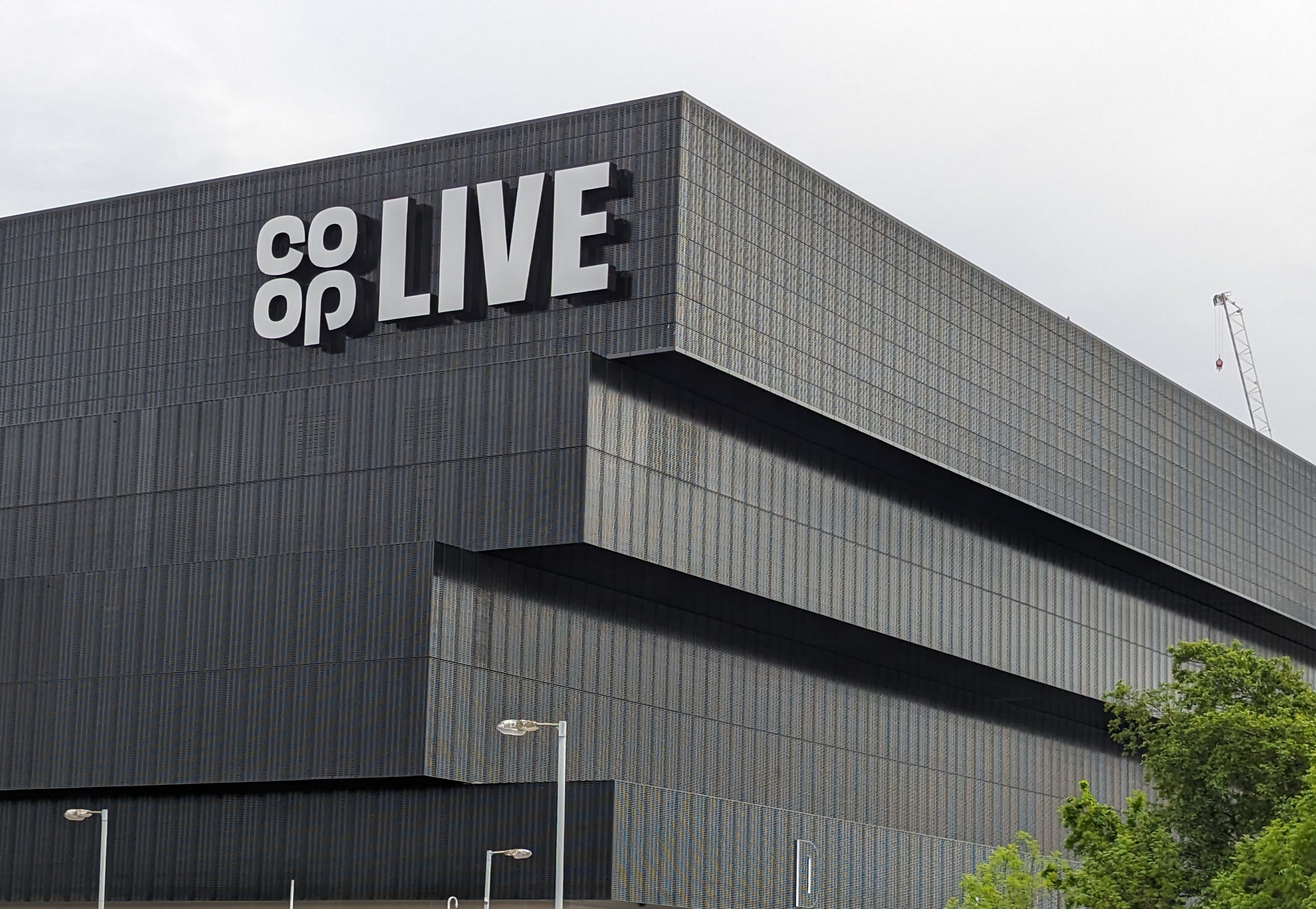
31/05/2024
Musings from a night at the Coop Live with Elbow – Part 2 – the venue
The other week I was at the much-discussed and long-awaited opening of the Coop Live arena in Manchester to see my favourite band, elbow. As “local lads from Bury” it was in the end fitting that they and not some global megastar, were the first act to headline this new facility.
In part 1 of this blog I followed the train of thought that a band like elbow is analogous to any team and that the visible leadership values and ethos of a band can be aligned to what we would expect to see in any team we work in. If you’ve not read it and are intrigued, please see here .. (Musings from a night at the Coop Live with Elbow – Part 1 – the band)
However, being at the Coop Live arena on its much-vaunted and delayed “opening night” did provoke some thoughts.
I’m not here to rehearse or pick over the bones (elbow fans will get that one!) of what has or hasn’t happened to get the arena open, there will be plenty (hopefully) of genuine and useful learning opportunities in the coming weeks and months .. and all I will say to all the other contractors and designers out there in my network … there but for the grace of God ..
Let’s also not lose sight of the similarity here between this very live and current situation and where we were with Crossrail not that long ago. Yet with its BCR already outstripping predictions we have conveniently let the stories (and perhaps the learning?) from Crossrail fade into the rearview mirror .. As an aside, perhaps the appointment of Mark Wild as the new HS2 Ltd CEO might ameliorate that and see the opportunity to really bring together the Crossrail and HS2 Learning Legacies in a really actionable way…I stand ready to be convinced….
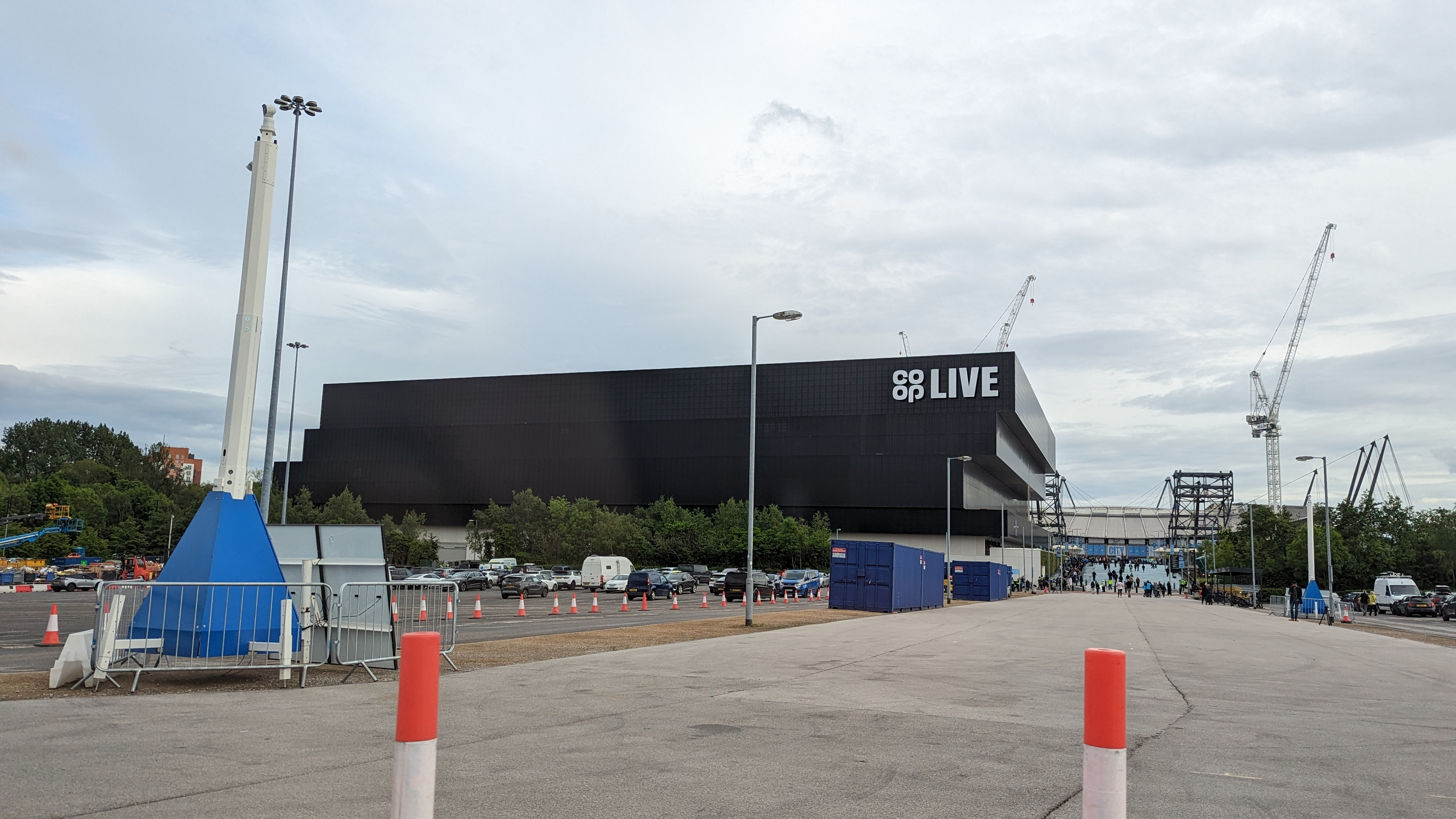
What I want to talk about is systems and complexity. Sitting there in the band new arena seats (note to the Coop Live team .. the seats are a bit small, we know how you got 23,500 in!) and thinking these will never be as clean and new as this again .. I started to think about the arena itself not as a building, or even, to use the vernacular, an asset, but as a complex system of systems.
Let’s start with the people system. Without exception, everyone we met, and spoke to, from vendors to entrance security, to stewards, were cheerful, positive and .. to some extent .. relieved that things were finally happening! But someone in the people recruitment and training team has clearly got something right.
Next let’s look at the building system, this being the one that has caused many of the problems it would seem. It’s just a big shed full of seats, isn’t it? No. It’s a centre for memorable experiences where, in the ideal world, the facility itself should be totally transparent to that experience. For the next few months, the arena itself will no doubt be part of the story and experience of those visiting, but I think that the bones are there for what should be a brilliant facility transparent to the experience visitors come for.
But the Arena never operates in isolation, even as a complex system. It fundamentally exists to interface with other complex systems each time an event is held. A tour (or event) is itself its own really complex and dynamic system. You only have to look at the staging, the lighting, the huge control pit that often occupies a significant percentage of the arena floor and the number of pantechnicons parked “round the back” to understand the complexity of this always-moving and dynamic system.
There seems to be a strong resonance with the characteristics we would define for effective Professional Collaboration
So, what characteristics does an “Arena System” need to operate effectively?
- The core infrastructure needs to be reliable and almost transparent to the user
- The human system needs to be responsive and agile
- The interface needs to be clear and simple
- The System-of-Systems needs clear operating guidelines and processes
- Boundaries of responsibility and accountability need to be understood
- The Arena System and the Tour/Event System need to trust each other to do their job well
- There needs to be consistent and repeatable lines of communication between all the dynamic parts of the system of systems
- Each part of the system needs to understand its dependencies and interfaces with the other parts
- No matter how good or “swanky” the infrastructure is or looks, the system only works when the human elements work well.
In writing that list, not unexpectedly, there seems to be a strong resonance with the characteristics we would define for effective Professional Collaboration. The necessity, in delivering complex systems (i.e. projects) that work (i.e. deliver outcomes) of aligning and integrating the human, structural and systematic elements (or as we would describe in the diagram below, the Systems, Structures and Culture alignment to support integrated implementation.)
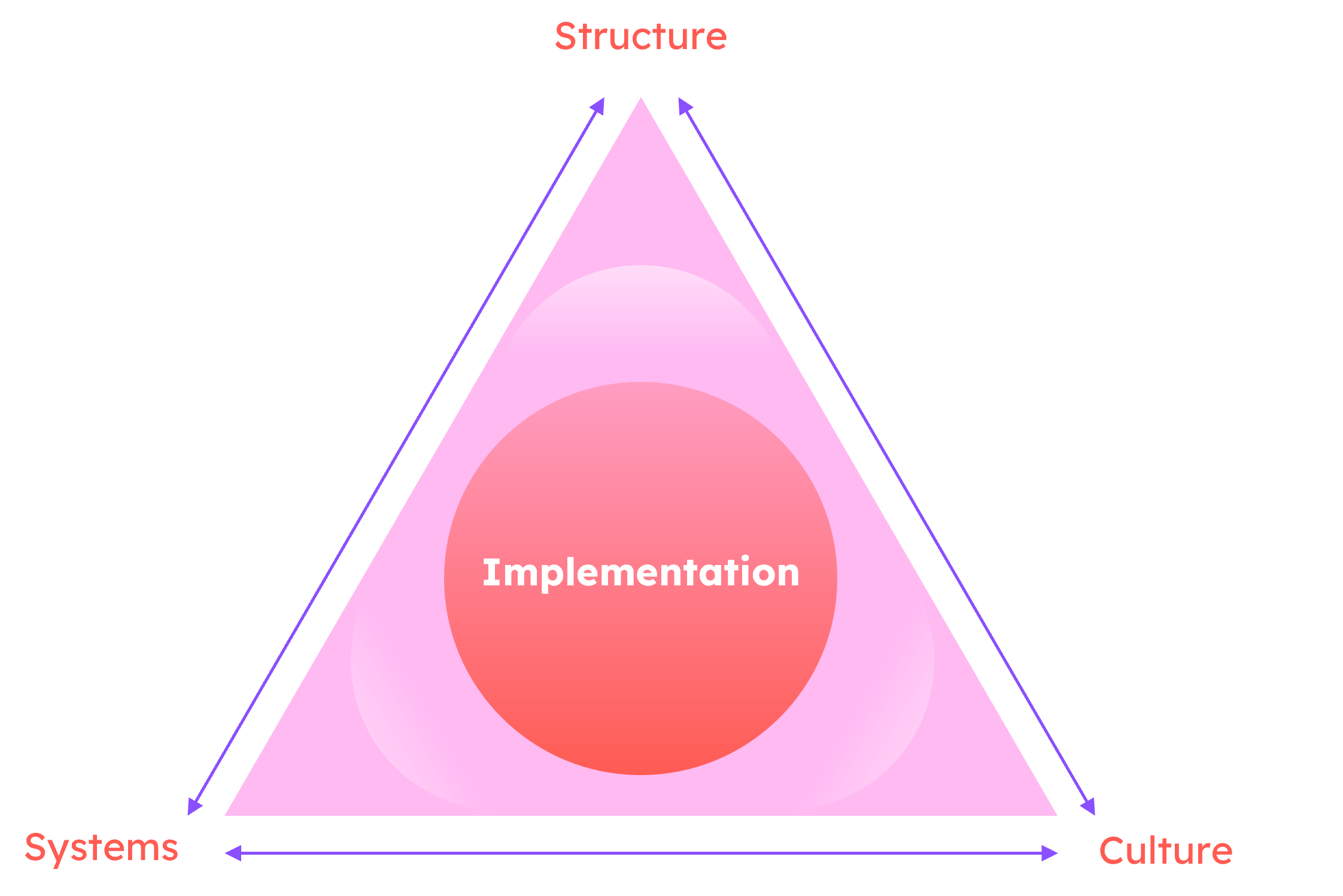
What I haven’t covered in detail here, and this may be an implied part 3 at some point… is the embedding of systems to drive learning and continuous improvement through the lifecycle … one for another day before I get caught up on another soap box.
So, “in summary” as a close friend and colleague is want to say, what do we unpack from this? I take away the following:
- In 12 months time, no one will remember the chaos, just the fantastic new facility
- In 12 months time, I also fear we will have done little to actually learn lessons and apply them either for the next project like this or actually for the lifecycle of this asset
- Complex systems work when the human element works well
- Integration is critical
What are your takeaways?
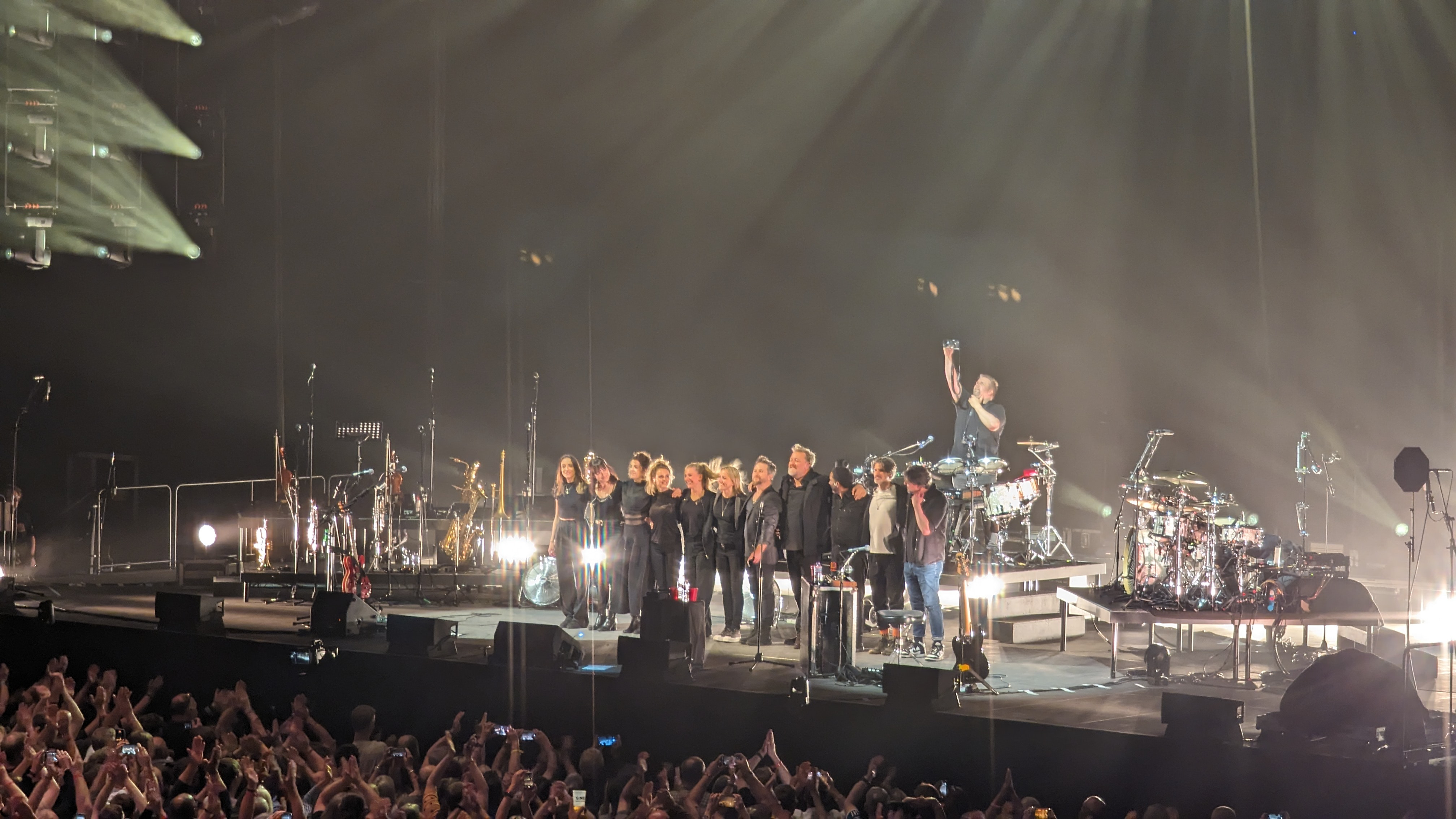

Insights
The Three Hidden Reasons Disagreement Fails in Complex Environments

Insights
Community Rail Conference: A Celebration of Collaboration and Passion

Insights
Building Foundations: Advance's Canadian Infrastructure Journey Takes Shape

Insights
The SDG Integration Opportunity: From Parallel Progress to Connected Impact

Insights
Mental Health Doesn’t Take a Day Off – and Neither Should We

Insights
Why Big Infrastructure Projects Are Struggling with Biodiversity Net Gain (And How Better Collaboration Could Change Everything)

Insights
What I Hope to Bring to the Advance Party

Insights
The Deeper Story Behind Our Numbers

Insights
Advance Joins SME Alliance Partners on UK Government’s CCS Management Consultancy Framework Four (MCF4)
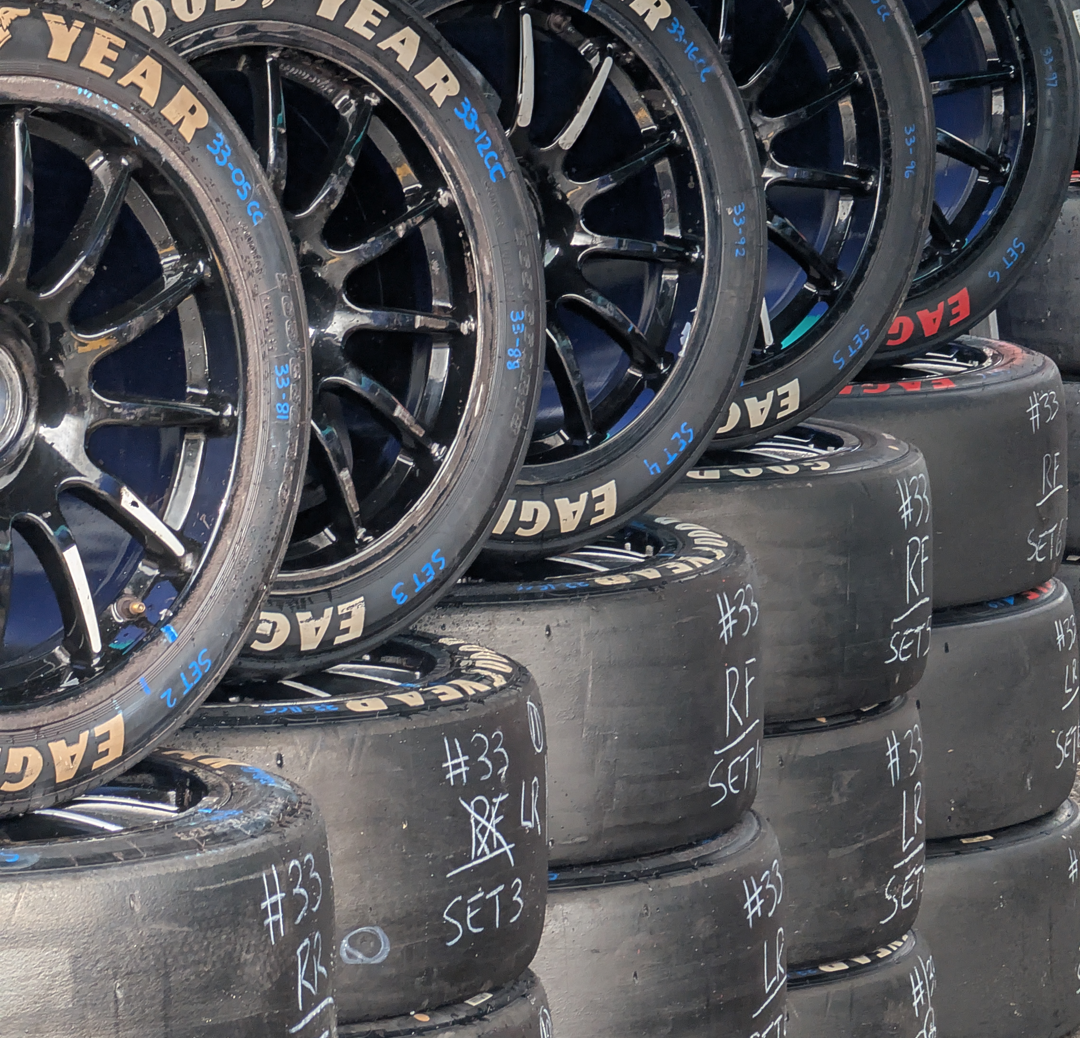
Insights
From Ashes to Grid: How Power Maxed Racing Redefined What's Possible in Five Days

Insights
The skills revolution is here. Are we ready for what comes next?
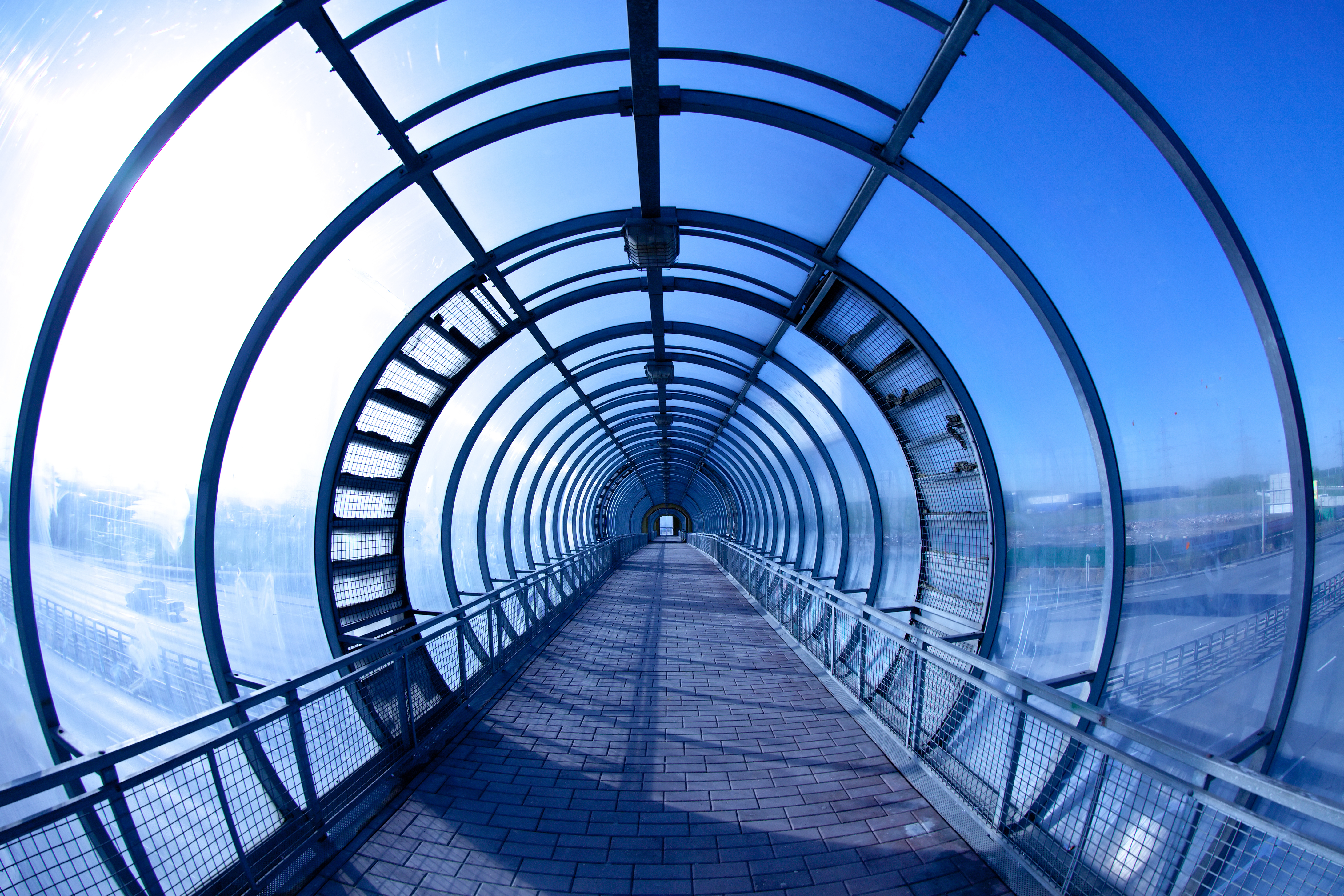
Insights
Beyond “That’s Really Good”
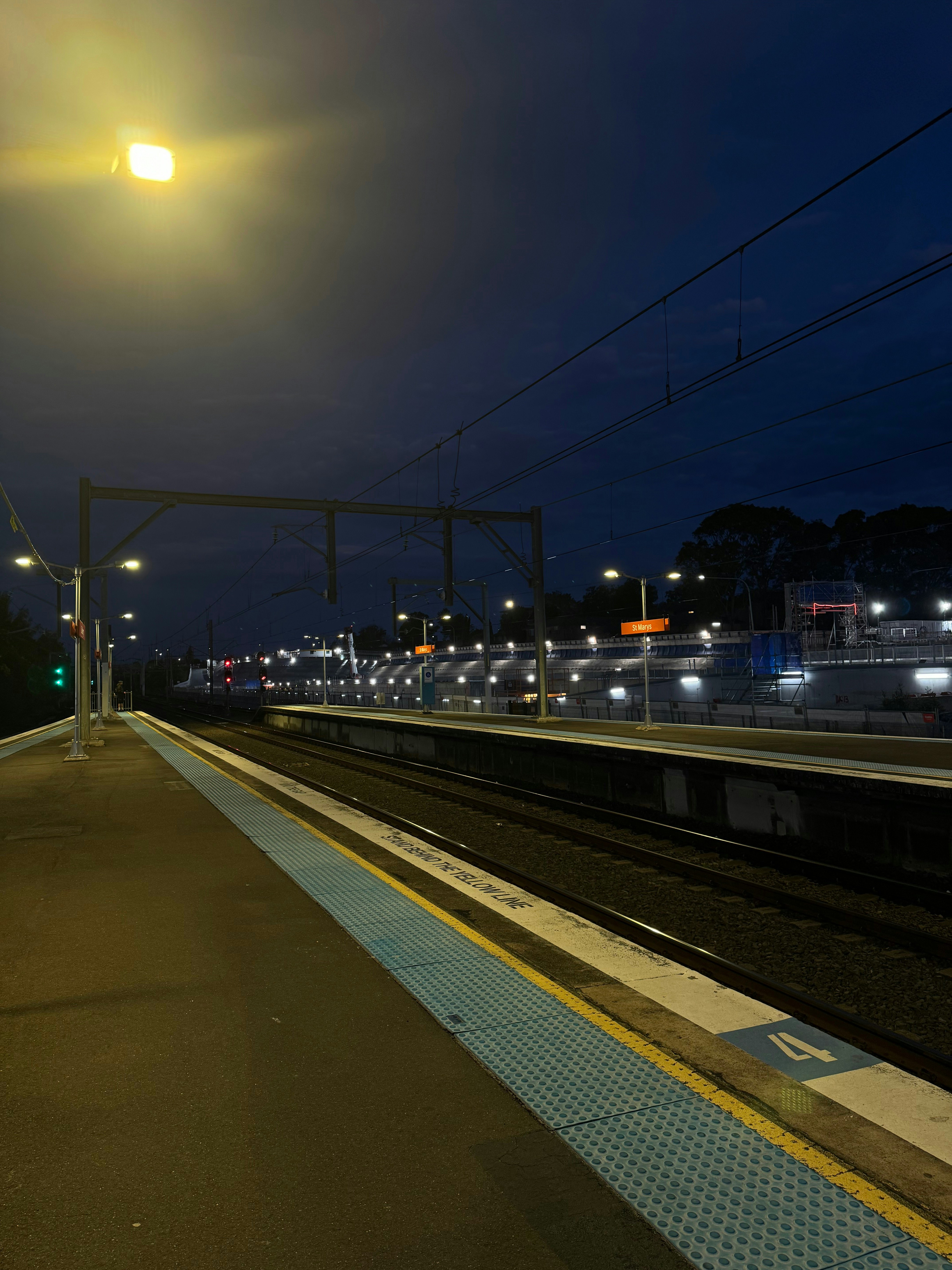
Insights
What the UK’s Infrastructure challenges reveal about strategic leadership

Insights
A new way to map your leadership team.

Insights
Building ‘What If?’ Cultures
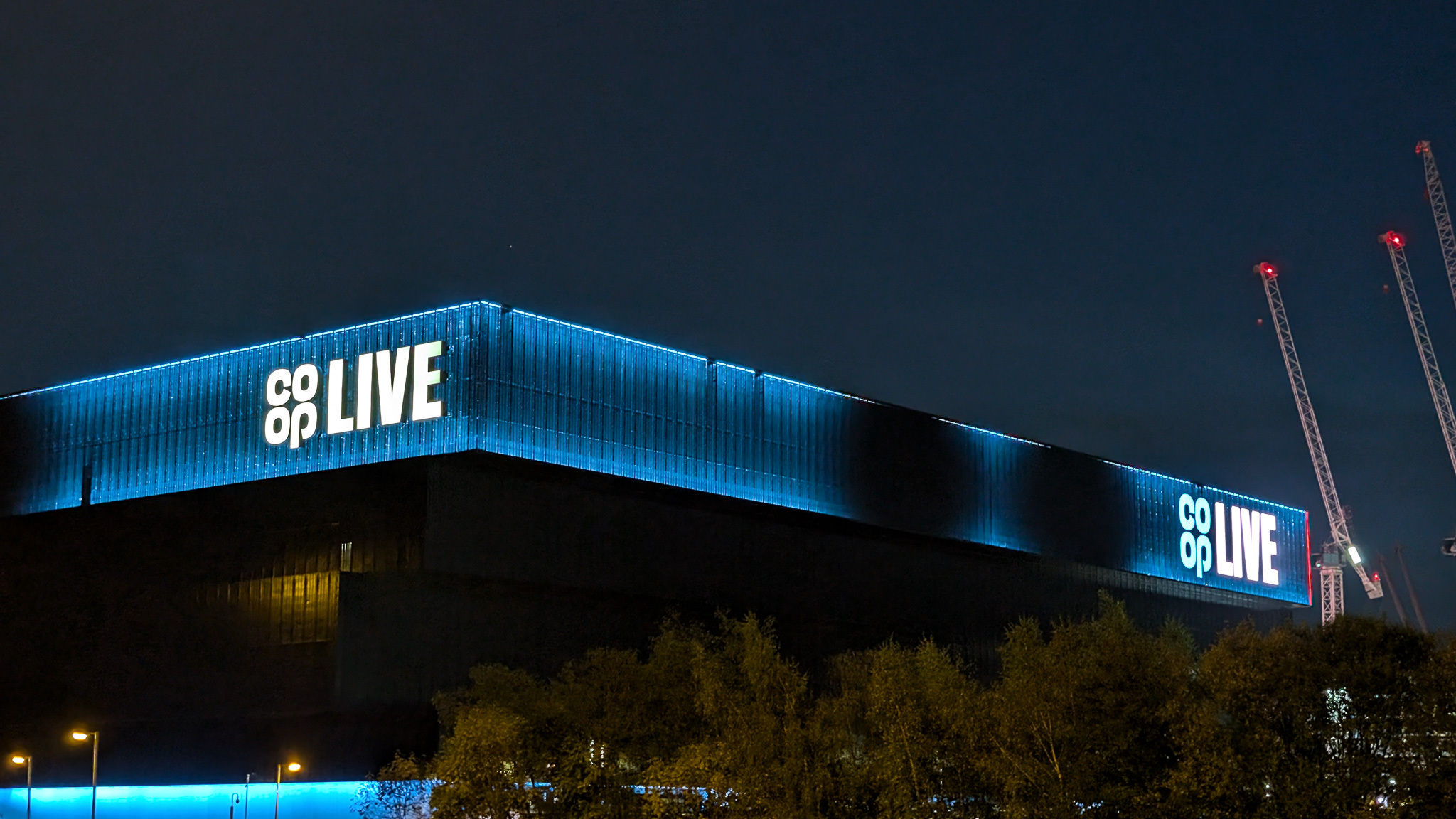
Insights
The problem with 'nice' teams...

Insights
You don’t become a leader when you get a job title.

Insights
Kindness > Capability (And here’s the data to prove it)

Insights
What no one’s telling high performers about burnout…

Insights
The question you should be asking…

Insights
Energy for Impact

Insights
Advance Consultancy Partners with Community Rail Network to Drive Sustainable Development

Insights
Are you Keane on Teamwork?

Insights
Real People, Real Impact: The Essence of Social Value

Insights
Advance's B Corp Journey to Certification

Insights
MVP or... MVP…

Insights
My First "6 Weeks" in Advance
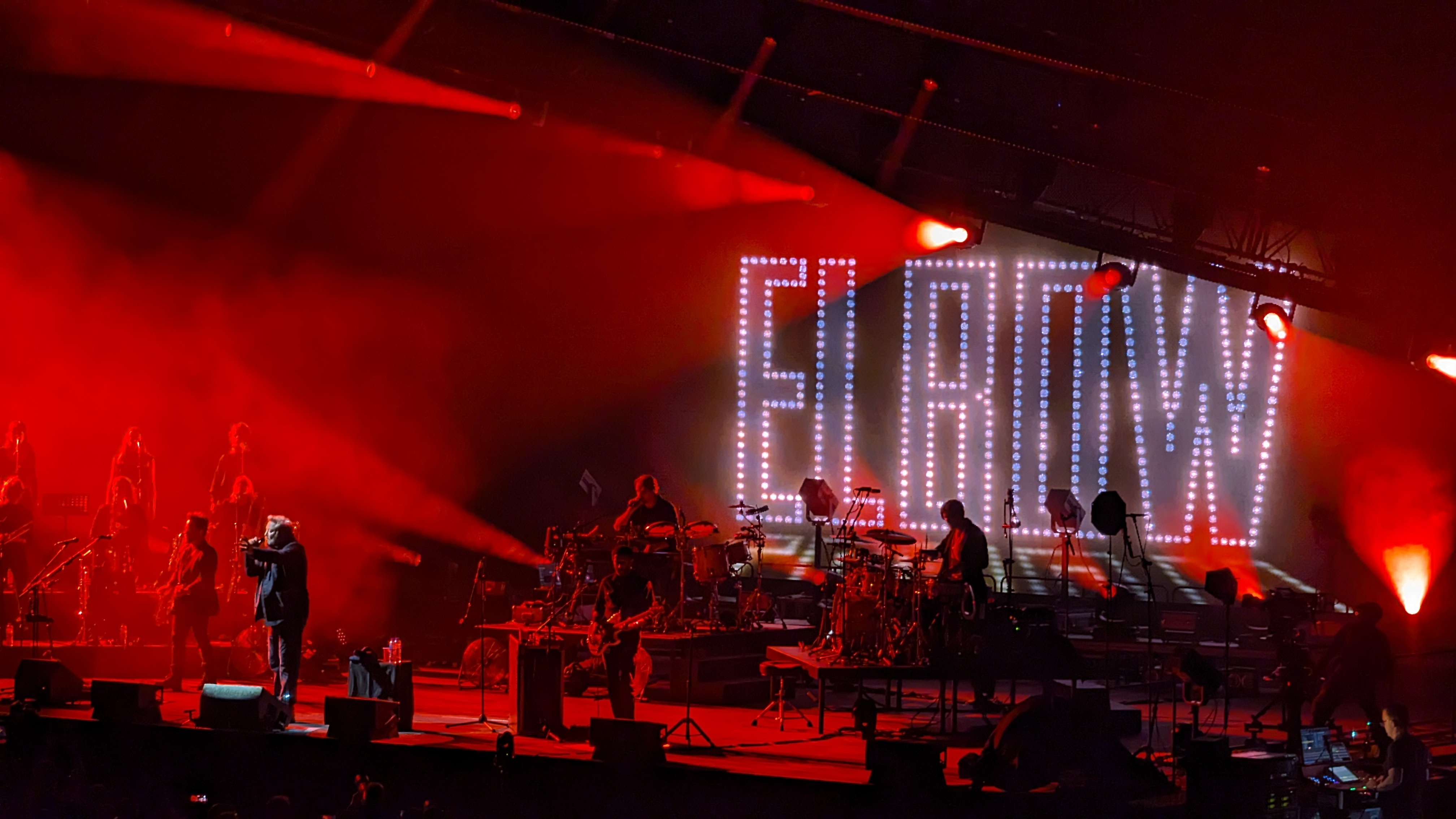
Insights
One Blog a Year like this will see me right

Insights
Biting the Bullet

Insights
The Problem with Mergers …

Insights
The Start of Advance's Sustainability Journey

Insights
Skills for the Next Quarter Century
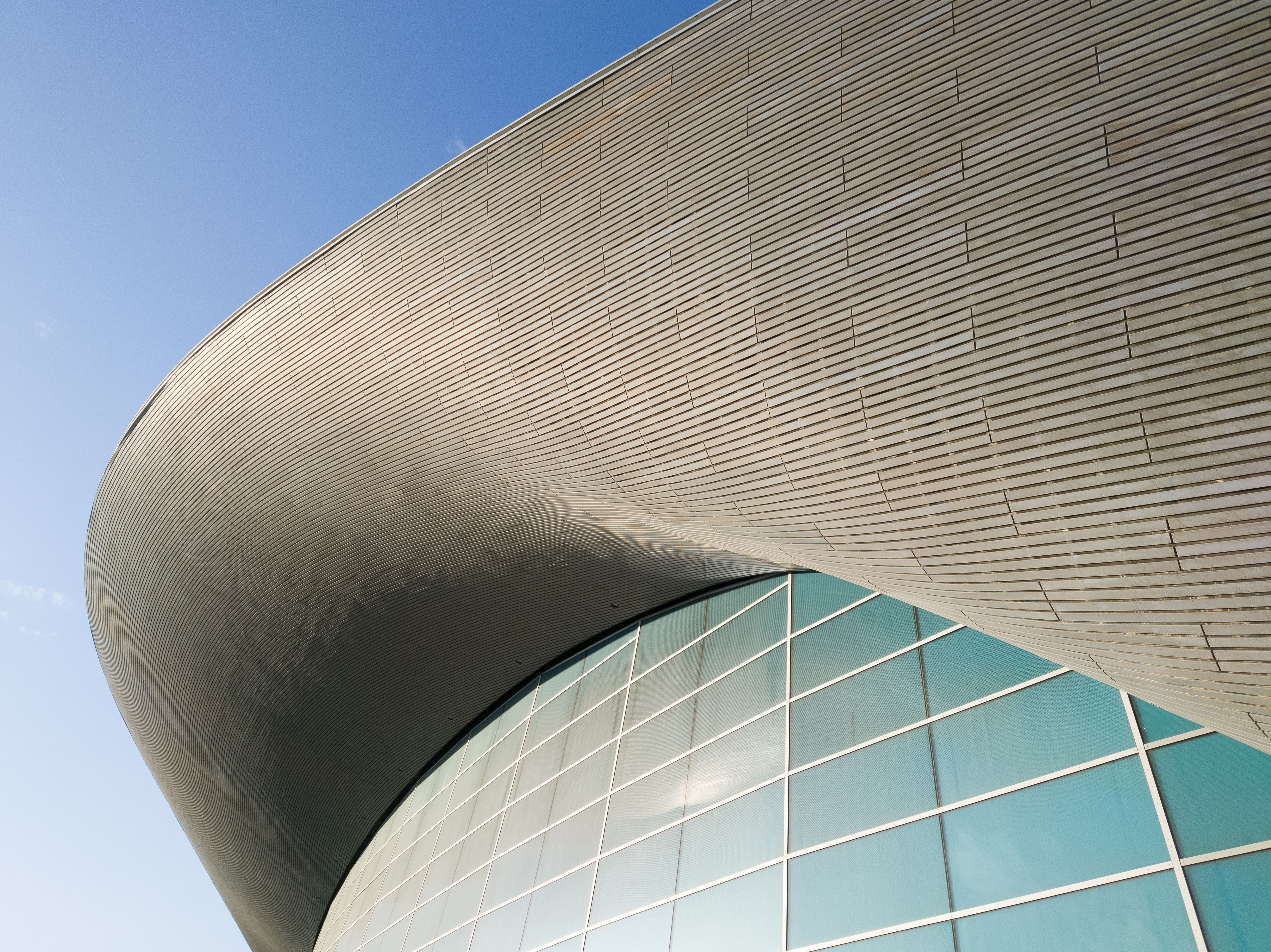
Insights
The Advance Reading List – Part 1

Insights
What has Colin the Caterpillar got to do with leadership development? (Learn2Develop - Part 2)

Insights
When Greta met Russell … becoming a reluctant leader

Insights
Trust & Productivity – the Private Sector Construction Playbook

Insights
What has Sustainability ever done for us?

Insights
We’re really not that clever…

Insights
Learn 2 Develop – Part 1 by Al Simmonite

Insights
What’s in a name? Moving from Respect-Challenge-Deliver to Challenge-Support-Evolve
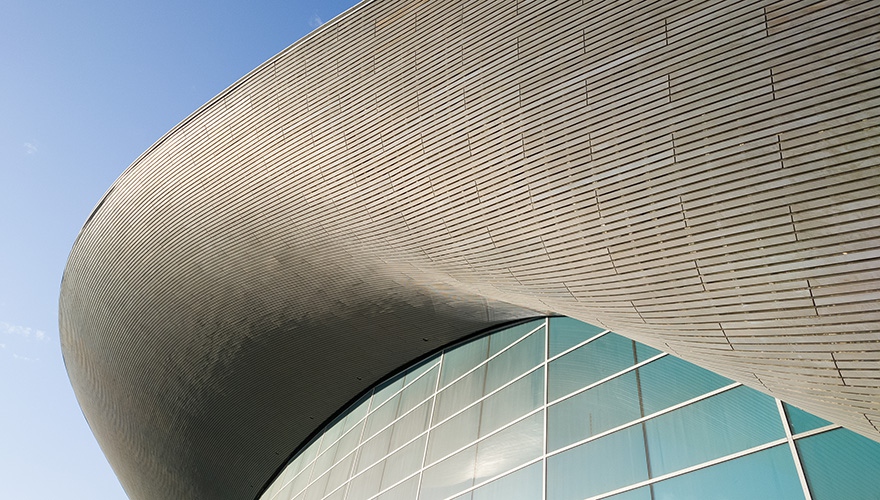
Insights
A tough Week, or was it?

Insights
Paradoxes & The Advance Consultancy

Insights
The importance of heritage
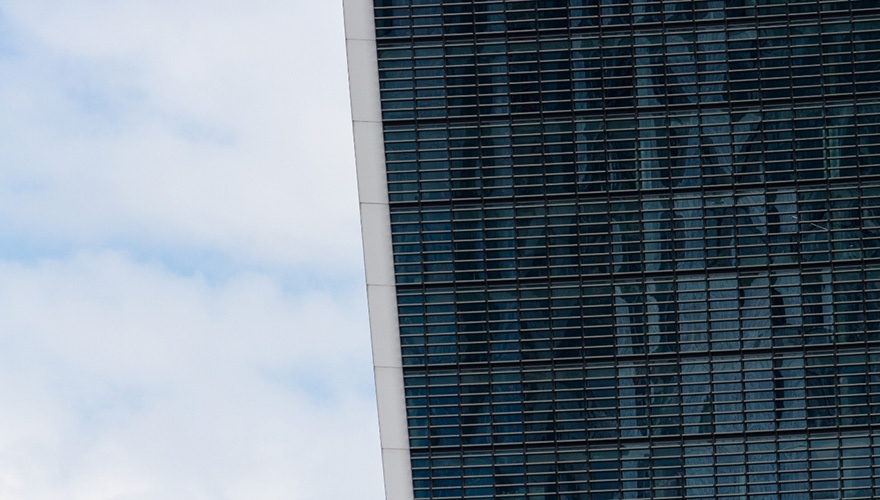
Insights
DOs and DON’Ts of Returning to Work post Lockdown - A Leadership Perspective

Insights
Been there, done it… lost the T-shirt?

Insights